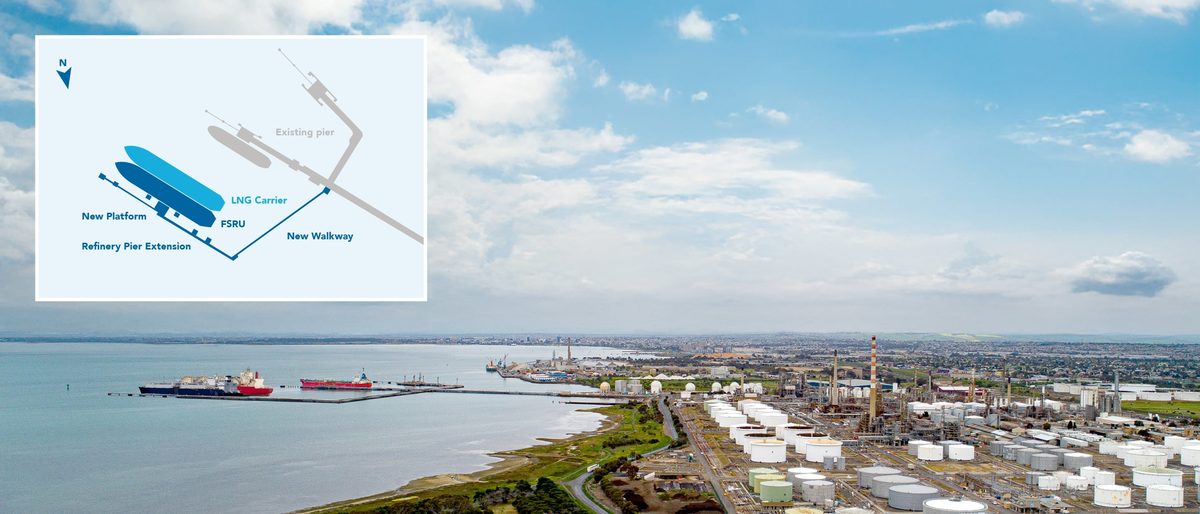Planning protection for Rivers of the Barwon and West

New planning policies designed to protect the ecological, cultural, social and landscape significance of the Rivers of the Barwon are now law. Photos: FACEBOOK/FRIENDS OF THE BARWON RIVER
THE Barwon and Moorabool Rivers and their tributaries are covered by new state planning schemes and policies under legislation that was approved late last year.
Gazetted on December 16 the changes are part of a state-wide bolstering of Victoria’s planning scheme that include greater protection of water bodies such as lakes, wetlands and billabongs and their natural association with waterways such as rivers and streams.
The amendments also include acknowledgment of Traditional Owner values and custodianship of waterways.
As part of the suite of planning scheme updates, two new regional policies specific to the Rivers of the Barwon and Waterways of the West (Maribyrnong River, Moonee Ponds Creek and Werribee River) have been introduced, that now mean the regions are recognised as a whole under planning law.
“Acknowledging that the catchments go beyond the main rivers, but also include lakes, tributaries and billabongs that all function as part of living system,” the Victorian planning department stated.
 The department noted that the Rivers of the Barwon and Waterways of the West “are facing pressure from population growing and a changing climate”, particularly the rapidly transforming Geelong, Ballarat and Melbourne’s West.
The department noted that the Rivers of the Barwon and Waterways of the West “are facing pressure from population growing and a changing climate”, particularly the rapidly transforming Geelong, Ballarat and Melbourne’s West.
“With this transformation comes opportunity to protect and enhance the waterways and their surrounding lands.”
In addition to the updates of existing planning laws a series of new Significant Landscape Overlay’s (SLO) have been introduced for the Barwon and West on an interim basis until December 31, 2026.
The SLO’s will become part of the planning laws of respective local governments in the areas, and will likely result in the need for new planning permits on land captured within the overlays.
“The SLO controls apply to public and private land within the broader landscape setting of the river. This is approximately 30m to 400m from the centre of the river on both sides and determined based on locally specific topographic and landscape features,” the department stated.
Acknowledging the urban and rural context of rivers and waterways the department said the SLO will generally be applied more tightly along corridors in built up areas “where development has already impacted the landscape experience,” and expanded when applied to more open settings where waterway views and landscapes are experienced.
The department stated that the four-year interim period of the overlays will allow sufficient time for state and local government’s to monitor the operation of the controls.

















